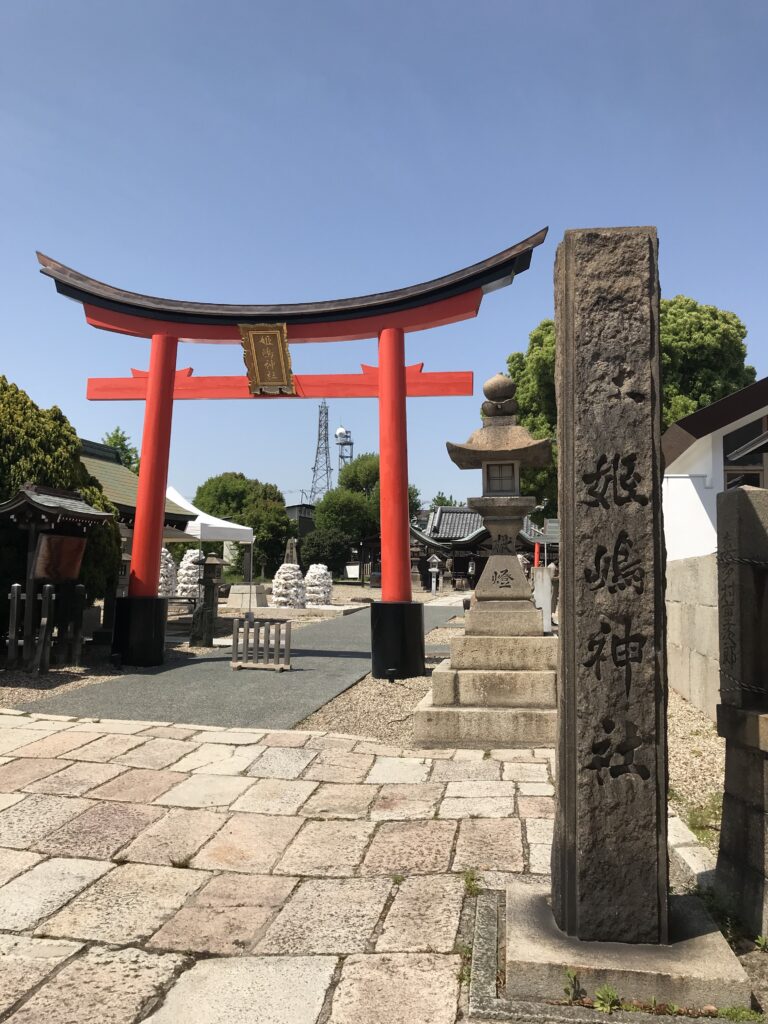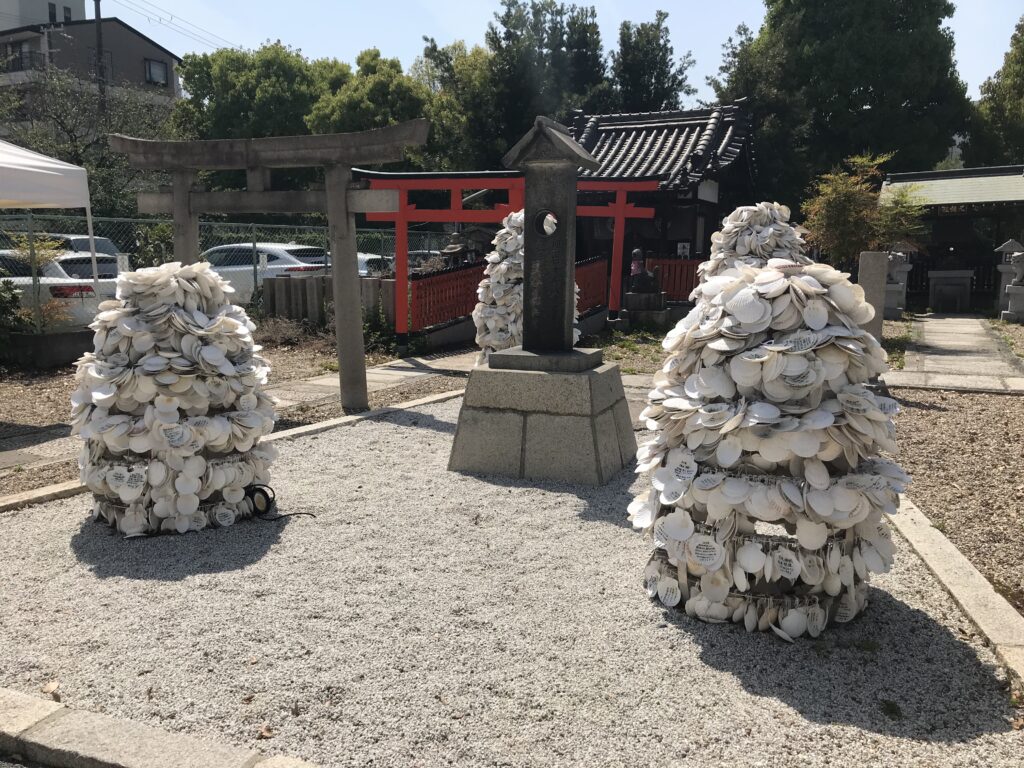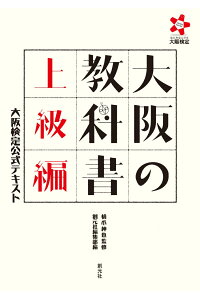大阪で御朱印人気ナンバー1の神社
大阪での御朱印人気をネットで調べると、この姫嶋神社が1位で登場しました。今まで全く聞いたこともない神社だったのと、大阪梅田から阪神電車でそんなに遠くないので、尼崎に行った帰途、ふとお参りに立ち寄ってきました。


ホタテ貝の絵馬?
どこにでもありそうな小さな神社です。入ってみると、絵馬もありますが、白く塗ったホタテ貝(?)の貝殻に願いを書いて、それぞれ繋いで茂みのようになっています。ここは別名やりなおし神社と言って、何か事を始めるのに良いと言われていて、夢や目標を決めると良いそうです。

奥まで行って、御祭神のアカルヒメノミコトにお参りしました。この方は、新羅の夫と結婚しましたが、夫の傲慢な態度に耐えかねて、舟に乗り日本に帰る決断をして、この姫嶋にたどり着いたそうです。そして女性たちに様々な技術を伝えて、再出発をされたようです。

再生の木
また、ここには再出発の木として大きな楠木があります。元々樹齢900年の楠木がありましたが、先の戦争で燃えてしまい、木の下の部分だけが残りました。今はそれを御神木として囲むように大きな楠木が植えられています。

「やりなおし」や「再生」というのは、神道では多い概念なのかも知れません。御代清めて再生、やり直しをする感じでしょうか。熊野に巡礼することも、生まれ変わることのようですから、日本人の宗教観には、生きている間に何度も生まれ変わって新しいことを始められるとの信仰があるのかもしれません。(完)
姫嶋神社の御朱印


大阪・難波 自由軒 名物カレーセット 200g×5箱 ウスターソース付 レトルト(送料無料)贈答 ギフト お中元 御中元 お歳暮 御歳暮 母の日 父の日 敬老の日
価格:3,780円
(2023/1/3 15:33時点)
感想(0件)
Himejima Shrine
When I looked up the popularity of red seals in Osaka on the Internet, this Himejima Shrine appeared at No. 1. Since I had never heard of this shrine before and it was not that far from Umeda, Osaka by Hanshin train, I suddenly stopped by to pay my respects on my way home from a visit to Amagasaki.
It is a small shrine that could be found anywhere. When I entered the shrine, I found an ema (votive picture tablet) and a scallop shell (?) painted in white on which I wrote my wish. The shrine is also known as a “do-over” shrine, and is a place where people can start over. It is said that this shrine is a good place to start something and to set a dream or a goal.
I went to the back of the shrine and paid my respects to the deity, Akaruhimenomikoto. This woman was married to a husband from Silla, but she could no longer stand his arrogant attitude, so she decided to return to Japan by boat and arrived at this Himejima, where she taught various skills to women and made a fresh start.
There is a large camphor tree here as a symbol of his new start. Originally, there was a 900-year-old camphor tree, but it was burned in the last war and only the lower part of the tree remained. Now a large camphor tree is planted around it as a sacred tree.
“Redo” and “rebirth” are probably common concepts in Shinto. It may be a sense of purification, rebirth, and redoing. Since making a pilgrimage to Kumano also seems to be about rebirth, perhaps there is a belief in Japanese religion that one can be reborn many times during one’s lifetime and start anew. (End)

大阪の教科書 上級編 大阪検定公式テキスト [ 橋爪 紳也 ]
価格:2,090円
(2021/9/4 14:02時点)
感想(1件)
Sanctuaire d’Himejima
Lorsque j’ai cherché sur Internet la popularité des sceaux rouges à Osaka, le sanctuaire d’Himejima est apparu en première position. Comme je n’avais jamais entendu parler de ce sanctuaire auparavant et qu’il n’était pas très loin d’Umeda, Osaka, par le train Hanshin, je m’y suis soudainement arrêté pour lui rendre hommage en rentrant d’une visite à Amagasaki.
C’est un petit sanctuaire que l’on peut trouver n’importe où. En entrant dans le sanctuaire, j’ai trouvé un ema (tablette à images votives) et une coquille Saint-Jacques ( ?) peinte en blanc sur laquelle j’ai écrit mon souhait. Le sanctuaire est également connu sous le nom de “do-over”, c’est un endroit où les gens peuvent recommencer à zéro. On dit que ce sanctuaire est un bon endroit pour commencer quelque chose et pour fixer un rêve ou un objectif.
Je suis allée à l’arrière du sanctuaire et j’ai présenté mes respects à la divinité, Akaruhimenomikoto. Cette femme était mariée à un homme de Silla, mais elle ne pouvait plus supporter son attitude arrogante, alors elle a décidé de retourner au Japon en bateau et est arrivée à cet Himejima, où elle a enseigné diverses compétences aux femmes et a pris un nouveau départ.
Il y a ici un grand camphrier, symbole de son nouveau départ. À l’origine, il y avait un camphrier de 900 ans, mais il a été brûlé lors de la dernière guerre et seule la partie inférieure de l’arbre est restée. Maintenant, un grand camphrier est planté autour comme un arbre sacré.
“Refaire” et “renaissance” sont probablement des concepts communs dans le Shinto. Il peut s’agir d’un sentiment de purification, de renaissance et de refaire. Puisque faire un pèlerinage à Kumano semble également concerner la renaissance, peut-être existe-t-il une croyance dans la religion japonaise selon laquelle on peut renaître plusieurs fois au cours de sa vie et recommencer à zéro. (Fin)
